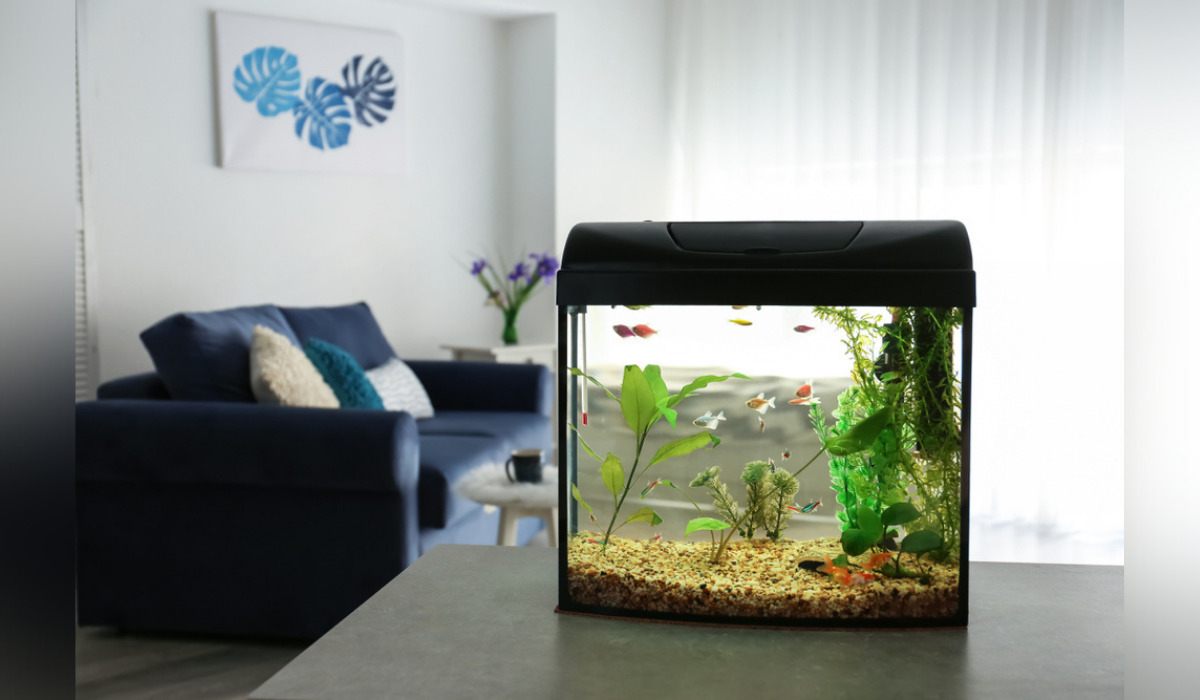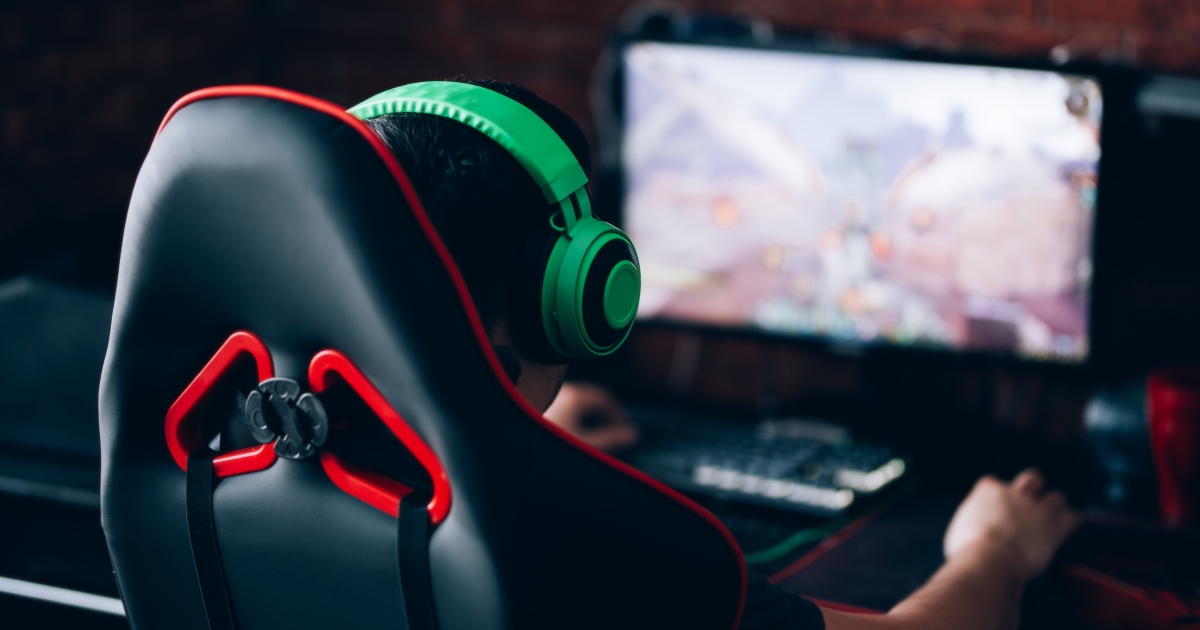There are a variety of intelligent aquarium equipment to use whether you want to reduce maintenance time or improve the stability of your tank.
AWES protects against floor flooding and fluctuations in aquarium salinity with its liquid sensor and software for PC and Smartphone. This system also automates different aspects in your fish tank.
Aquarium Technology
The technology is changing how aquariums are designed and constructed. Aquarists can make sure their aquariums are healthy by using technologies.
One of the most crucial aquarium technologies is water quality monitoring devices for water quality monitoring. They monitor important water parameters like the temperature, pH and the level of dissolved oxygen. These devices can detect abnormalities and send you an alert in the event of a finding.

The Aquarium lighting with LED is yet another popular option. LED lighting systems are extremely energy efficient and can be programmed to provide options like day and night setting. These lighting systems can help to enhance the health and appearance of corals and fish. The LED light also uses less power than the conventional metal-halide lighting. The systems come in a range of colors to complement your boat’s setup.
Automated Feeding Systems
They will automatically feed a specific quantity of fish according to a set timetable. They are made to be compatible with Aquaneering’s killifish tank (2.8 L) that they use. They use the two front holes in the lid for feeding.
Automated feeding systems need to be used with continuous observation to make sure that the fish follow their programmed feeding schedules and the system functions properly. An untrained farmer may to probe the feeder and then switching it off, only to turn it back to feeding the first day, or not enough for another.
They are in power saving until they’re fed. In the meantime, noncentral feeders turn the disc of acrylic, moving between the food hopper and an LED array and photoresistor and then back to the drop location, be hai san cho nha hang to verify that 5 mg of food has been dropped. (Figure 1, figure supplement 1A). The onboard stepper motor analyzes the resistance of the photoresistor and then confirms that a feed has occurred.
Smart Monitoring Systems
To properly care for many aquariums, complex equipment is required. Aquarists can manage and monitor these equipment via a mobile phone. This technology helps reduce the amount of time needed to test water, monitoring lights as well as feeding fish.
There are two main types of smart aquarium devices: monitors and controllers. Monitors simply track an element such as pH, temperature or turbidity. While a controller can not only track it but also control devices based on that data.
An example of this is a temperature control that automatically turns your heater off when temperatures of your water are higher than safe levels. A doser with programmable control can provide fertilizers according to a schedule that you designate along with trace Elements as well as Balling Salts. Other devices track evaporation as well as tank levels and other aspects. They notify users via applications for smartphones, or via computer software.
Aquariums that have Wi-Fi Controls
You must monitor a range of things if you’re the owner or manager of a fish tank, saltwater aquarium, and so on. The things you need to keep track of include the temperature of water as well as pH levels, lighting, and pumps.
Automating all this monitoring is best done with the help of an aquarium control. You can also create a safety system that automatically shuts off lights off if the temperatures reach dangerous thresholds.
An IoT-based smart aquarium will monitor the various parameters above and allow users to monitor their progress from any place using a mobile app. This will decrease the time and effort to keep your aquarium healthy and will help to prevent the death of fish that are not planned. Aquarium controllers that are top of the line will allow you to instantly increase the size of your tank by offering a variety of modules and accessories.
Automated Water Change Systems
A freshwater aquarium, or saltwater tank, needs frequent water changes in order to keep the proper temperature, salinity and replenish the minerals. Water-change systems that are smart automate siphoning, replacing, and recycling tank water which saves time and energy. Also, they lessen stress for your fish.
They typically comprise of a device for controlling the flow of water, tubing which connects the aquarium to the reservoir, as well as a pump that runs at set intervals. The tubing joins a control valve that allows users to control the flow of water through the reservoir or tank.
Neptune Apex DOS makes a great choice as an automated aquarium water-changing system. It can also be employed as a reef control system as well as having other functions like an additional tank level sensor as well as a the sump level sensor.



